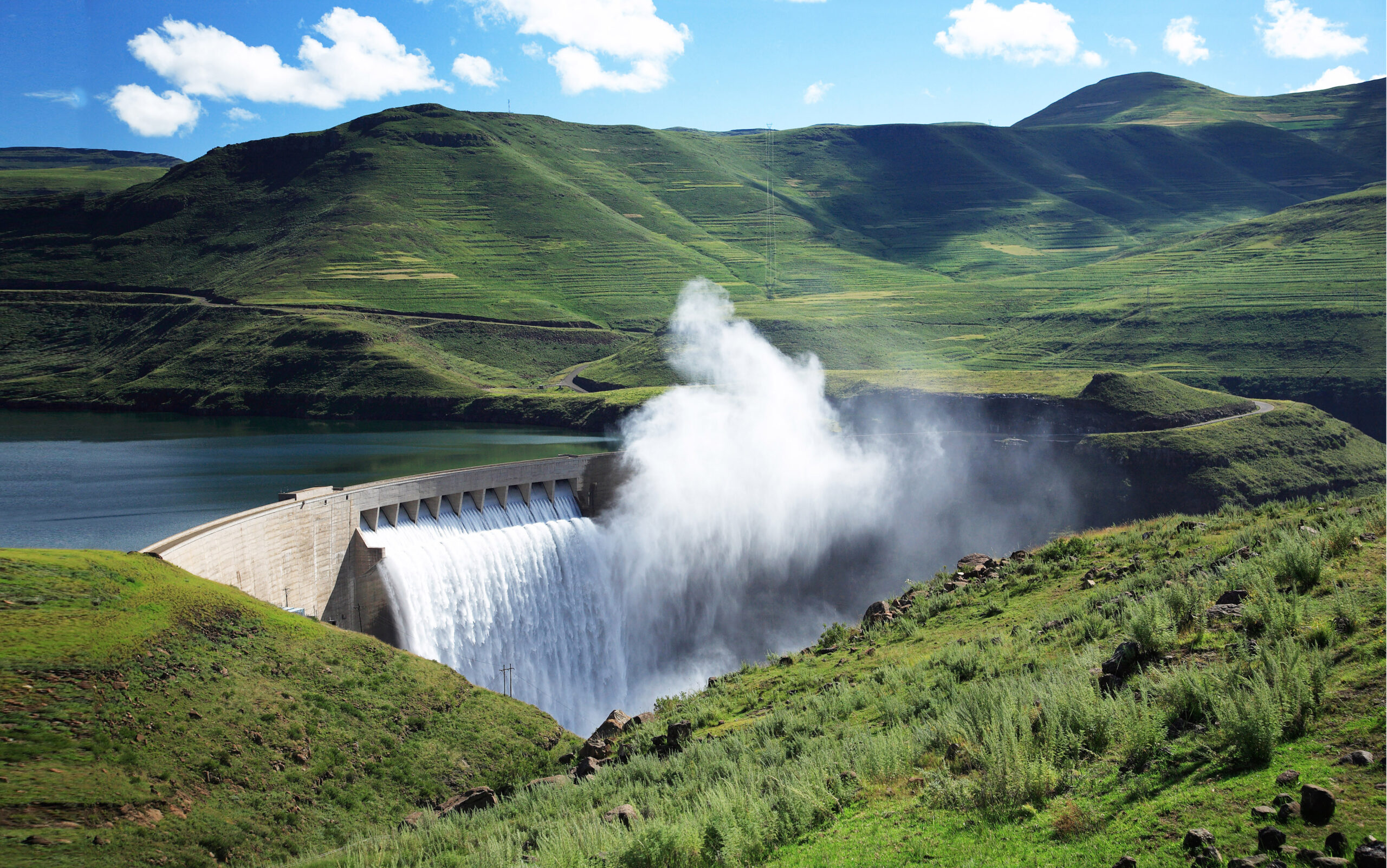
Lesotho Highlands Water Project – Kingdom of Lesotho

The Lesotho Highlands Water Project (LHWP) comprises a system of several large dams and tunnels throughout Lesotho, which delivers water to the Gauteng region of South Africa via the Vaal River System. It is the largest water transfer scheme in Africa.
In collaboration with members from the Metsi a Senqu-Khubelu Consultants Joint Venture, SMEC is providing construction monitoring and administration in Stage ll for the Polihali Transfer Tunnel Project for the next five years. SMEC has been involved with the design and construction of major works for the Lesotho Highlands Project since 1988 when designs for the Phase lA works commenced. The Polihali Transfer Tunnel appointment serves as the MSKC JV’s second appointment on Phase II after being selected for the design and construction supervision of the Polihali Diversion Tunnels in September 2016.
Phase II will increase the current water transfer rate of 780 million cubic metres per annum incrementally to more than 1,270 million cubic metres per annum. At the same time, the quantity of electricity generated at the Muela hydropower station will exceed 500 GWh per year and is a further step in the process of securing an independent electricity source to meet Lesotho’s domestic requirements.
Snowy 2.0 – Australia

SMEC is the Owners Team for Snowy Hydro Limited, delivering Snowy 2.0, the next generation of the iconic Snowy Mountains Hydroelectric Scheme in Australia. The completion of the project will provide 2000 megawatts of dispatchable, in-demand renewable energy and approximately 350,000 megawatts hours of large-scale storage to the Australian National Electricity Market. Creating a positive impact, SMEC’s technical specialists are providing technical excellence and advice from internationally recognised specialists and engineering support to help deliver this iconic and innovative renewable energy scheme.
Ulu Jelai – Malaysia

Located in the Cameron Highlands of Malaysia sits the impressive 372MW Ulu Jelai Hydroelectric Project. Commissioned in 2016, the project aimed to help meet Malaysia’s demand for electrical power and is designed to make the most of the dam’s location in a narrow valley on the Bertam River.
The reservoir, which has a surface area of 950,000 square metres and a storage capacity of 24 million cubic metres, is located 350 metres above the underground powerhouse, thus providing the head difference available for power generation before the water is released back into the Bertam River, about six kilometres downstream of the main dam.
Apart from the seven-kilometre-long power waterway, the project includes two weirs and two water transfer tunnels of 7.5 and 8.5 kilometres in length, which divert water to the main dam from the neighbouring Lemoi and Telom River catchments. The two water transfer tunnels contribute to about 67% of the combined flow of water available for power generation, making the project economically viable.
The project also has residual impacts, with housing and infrastructure improvements to local communities in the area, boosting the local economy.
Tehri Pumped Storage Project – India

The Tehri Pumped Storage Project (PSP) is situated on the Bhagirathi River, a tributary of the Ganges in Uttarakhand, India, and boasts a remarkable height of 260.5 meters, ranking among the tallest dams globally. This innovative project will enhance grid stability in India’s northern grid by managing the balance between electricity supply and demand, especially during peak demand periods.
The Tehri PSP is set to increase its total capacity to 2,400 megawatts, adding an extra 1,000 megawatts of power, and employs a pumped storage system that transfers water from a lower reservoir to a higher one during low-demand periods, subsequently releasing it through pump turbines during high-demand periods to generate electricity.
Developed by the Tehri Hydro Development Corporation (THDC), a joint venture between the Indian Government and the Government of Uttar Pradesh, this project is in the advanced stages of construction and is expected to commence operations within the next few months.
 Celebrating International Women in Engineering Day: Insights from Female Engineers at SJ Group
Celebrating International Women in Engineering Day: Insights from Female Engineers at SJ Group
On this International Women in Engineering Day, we celebrate the incredible contributions of females in the engineering field who have enhanced our everyday lives and are helping to build a brighter future. This year’s theme, ‘Enhanced by Engineering,’ highlights the significant impact that women engineers have on innovation and sustainable development. We spoke with three accomplished engineers from the Surbana Jurong Group - Esther Wangari, Mobina Zafar, and Helen Baxter-Crawford - to gain their insights and experiences in the industry.







